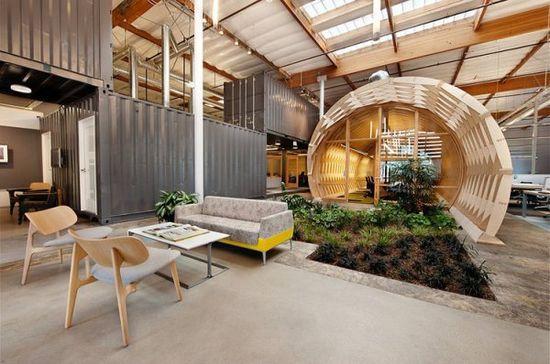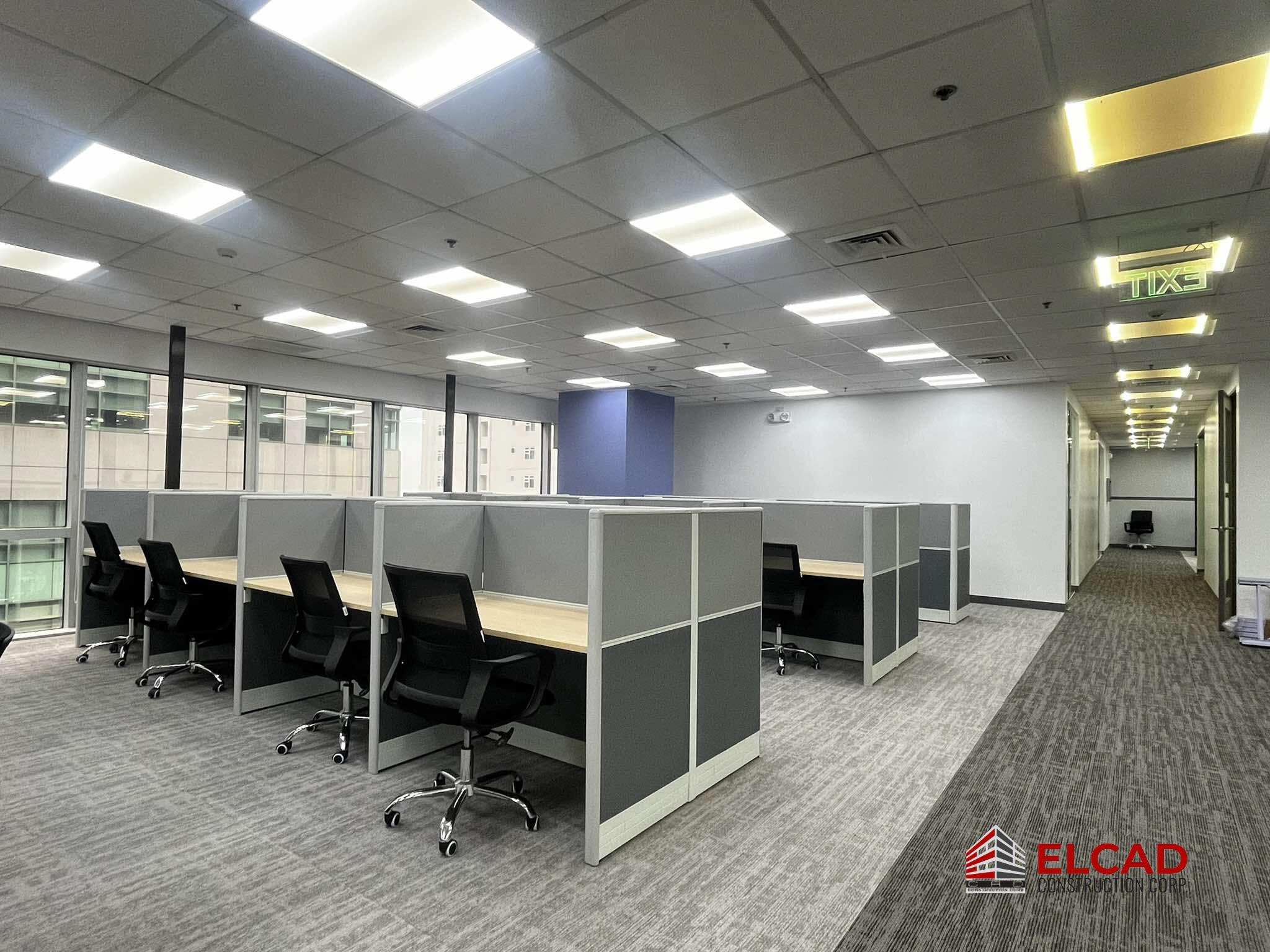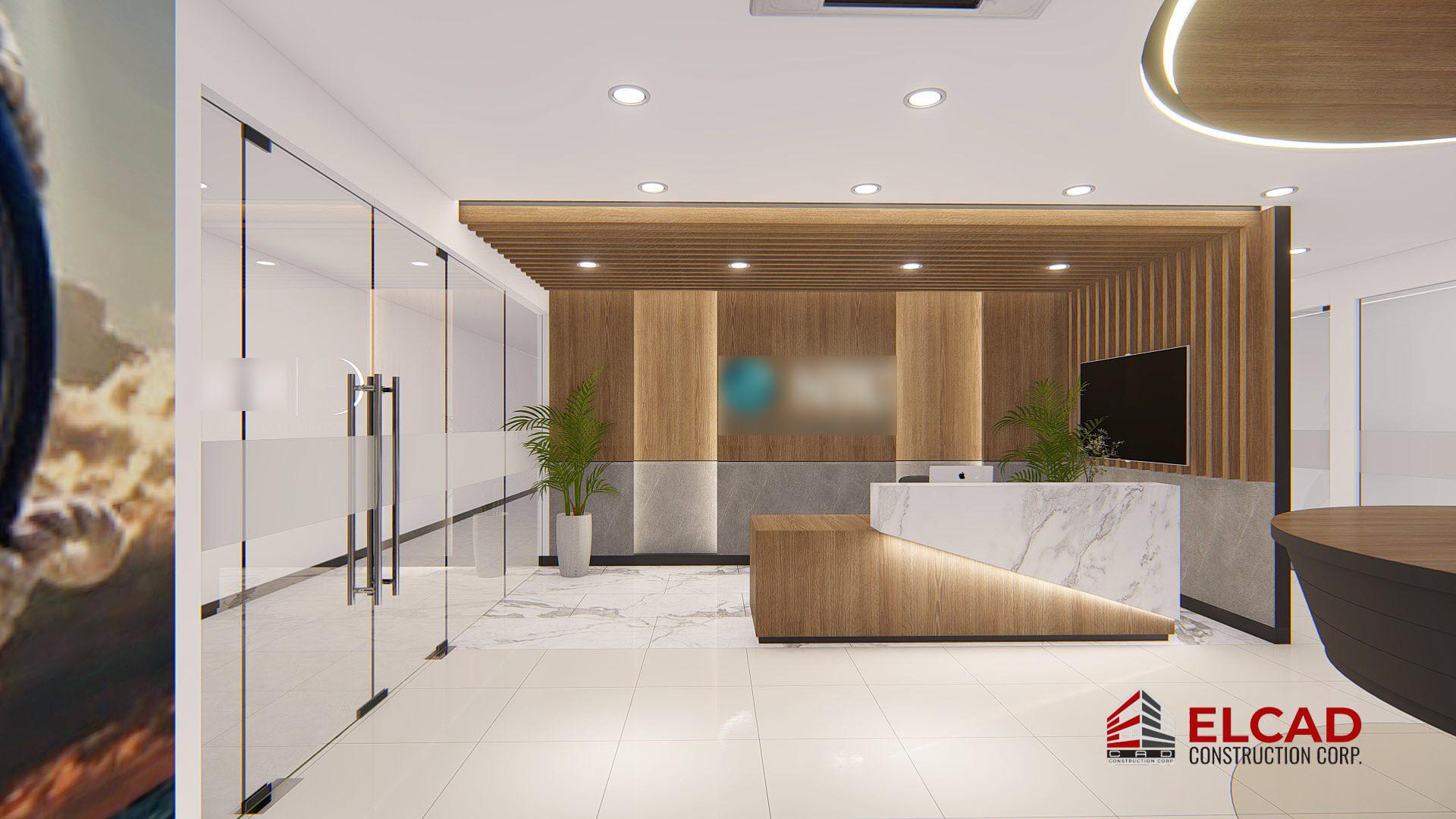A sustainable office refers to a workspace that is designed, built, and operated in an environmentally responsible manner to minimize its impact on the environment while promoting the health and well-being of its occupants.
Sustainable offices focus on energy efficiency, water conservation, use of eco-friendly materials, indoor air quality, and waste reduction.

Here are some key aspects of sustainable offices:
Materials used in sustainable offices:
1. Recycled materials: Using materials made from recycled content helps reduce the demand for new raw materials and minimizes waste.
2. Low-impact materials: Sustainable offices often use materials that have a low environmental impact, such as bamboo, cork, reclaimed wood, and low-VOC paints.
3. Energy-efficient systems: Installing energy-efficient lighting, HVAC systems, and appliances can significantly reduce energy consumption in the office.
4. Water-efficient fixtures: Water-saving fixtures like low-flow faucets, toilets, and urinals help conserve water and reduce the overall water footprint of the office.
Advantages of sustainable offices:
1. Cost savings: Sustainable offices can lead to reduced energy and water bills over time, which can result in significant cost savings.
2. Environmental benefits: By using eco-friendly materials and reducing resource consumption, sustainable offices help minimize environmental impact and promote conservation.
3. Health benefits: Improved indoor air quality, natural light, and ergonomic design in sustainable offices can enhance employee health and well-being.
4. Corporate image: Operating from a sustainable office can enhance a company’s reputation and demonstrate commitment to environmental stewardship, attracting eco-conscious clients and employees.
Disadvantages of sustainable offices:
1. Higher upfront costs: Implementing sustainable features and materials may require a higher initial investment, which can be a barrier for some companies.
2. Limited availability: Some sustainable materials or technologies may not be readily available, leading to longer lead times or higher costs.
3. Maintenance challenges: Some sustainable features may require specialized maintenance or expertise, which can add complexity to facility management.
4. Perception challenges: Not all stakeholders may value sustainability equally, and there may be resistance to adopting sustainable practices within the organization.
Overall, the benefits of creating a sustainable office often outweigh the challenges, as they can contribute to long-term cost savings, environmental conservation, and improved employee well-being.
To achieve a sustainable office, the following specific construction materials are commonly used:
1. *Recycled Materials:* Using materials that have been recycled or repurposed, such as recycled glass, metal, or plastic, helps reduce the demand for new resources and minimizes waste.
2. *Sustainably Sourced Wood:* Opting for wood from responsibly managed forests certified by organizations like the Forest Stewardship Council (FSC) ensures that the wood is harvested in an environmentally-friendly and socially responsible manner.
3. *Bamboo:* Bamboo is a rapidly renewable resource that can be used for flooring, furniture, and decorative elements in sustainable offices.
4. *Low VOC Paints and Finishes:* Volatile Organic Compounds (VOCs) found in paints and finishes can contribute to indoor air pollution. Using low-VOC or VOC-free paints and finishes helps maintain a healthier indoor environment.
5. *Energy-Efficient Windows:* Installing energy-efficient windows with proper insulation helps improve thermal performance, reduces energy consumption for heating and cooling, and enhances natural lighting.
6. *Energy-Efficient Lighting:* LED lighting fixtures are energy-efficient and have a longer lifespan than traditional lighting options, reducing energy consumption and maintenance costs.
7. *Recycled Content Carpet:* Carpets made from recycled materials or with recycled content are eco-friendly options that help reduce waste and conserve resources.
8. *Green Roofing Materials:* Green roofs, which are covered with vegetation, help reduce stormwater runoff, provide insulation, and improve air quality. Materials like recycled rubber roofing or metal roofing can also be sustainable choices.
9. *Insulation Materials:* Choosing insulation materials with high thermal performance, such as soy-based or recycled denim insulation, helps reduce energy usage for heating and cooling.
10. *Water-Efficient Fixtures:* Installing water-efficient fixtures like low-flow toilets and faucets helps conserve water resources and reduce water consumption in the office.
By incorporating these sustainable materials into the construction of an office, businesses can reduce their environmental footprint, promote a healthier indoor environment for employees, and potentially achieve cost savings through energy and resource efficiency. For help creating a sustainable workspace, consider partnering with a company like Ellcad.






